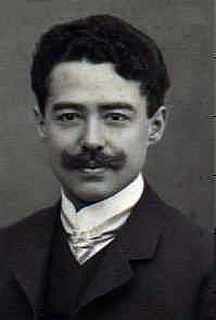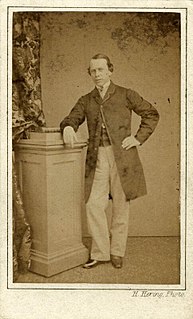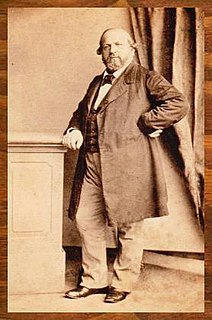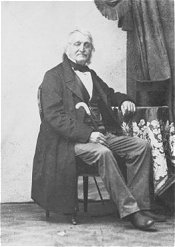
Ferdinand III was Holy Roman Emperor from 15 February 1637 until his death, as well as King of Hungary and Croatia, King of Bohemia and Archduke of Austria.

The epithet Nazarene was adopted by a group of early 19th century German Romantic painters who aimed to revive honesty and spirituality in Christian art. The name Nazarene came from a term of derision used against them for their affectation of a biblical manner of clothing and hair style.

Johann Alois Senefelder was a German actor and playwright who invented the printing technique of lithography in the 1790s.

Johann Nepomuk Eduard Ambrosius Nestroy was a singer, actor and playwright in the popular Austrian tradition of the Biedermeier period and its immediate aftermath.

Anton Schweitzer was a German composer of operas, who was affiliated with Abel Seyler's theatrical company.

Johann Ludwig Joseph, Graf von Cobenzl was a diplomat and politician of the Habsburg Monarchy.

Johann Philipp Ferdinand Preiss was a German sculptor. He was one of the leading sculptors of the Art Deco period.

Archduchess Maria Elisabeth of Austria, was the governor of the Austrian Netherlands between 1725 and 1741.
The following is a chronological list of classical music composers who lived in, worked in, were German citizens, or who grew up and made their careers in Germany.
Karl Ferdinand Becker, was a German writer on music, and an organist.
Heinrich Henkel was a German composer who studied with Johann Anton André at Offenbach am Main and became a figure of some importance for Mozart research.
Augustus Frederic Christopher Kollmann was a German-born composer and musical theorist.

Lindsay Sloper was an English pianist and composer.

Maria Josepha of Austria, was a daughter of Leopold I, Holy Roman Emperor and his third wife Eleonore Magdalene of the Palatinate.

Ludwig Schopen was a German classical philologist and Byzantinist.

Anton Haizinger was an Austrian operatic tenor, performing in Vienna and later in Karlsruhe. He was a soloist in the premiere of Beethoven's Ninth Symphony.

Friedrich Wilhelm Pixis was a German violinist. He became professor of violin at Prague Conservatory and was important in the musical life of Prague.






















